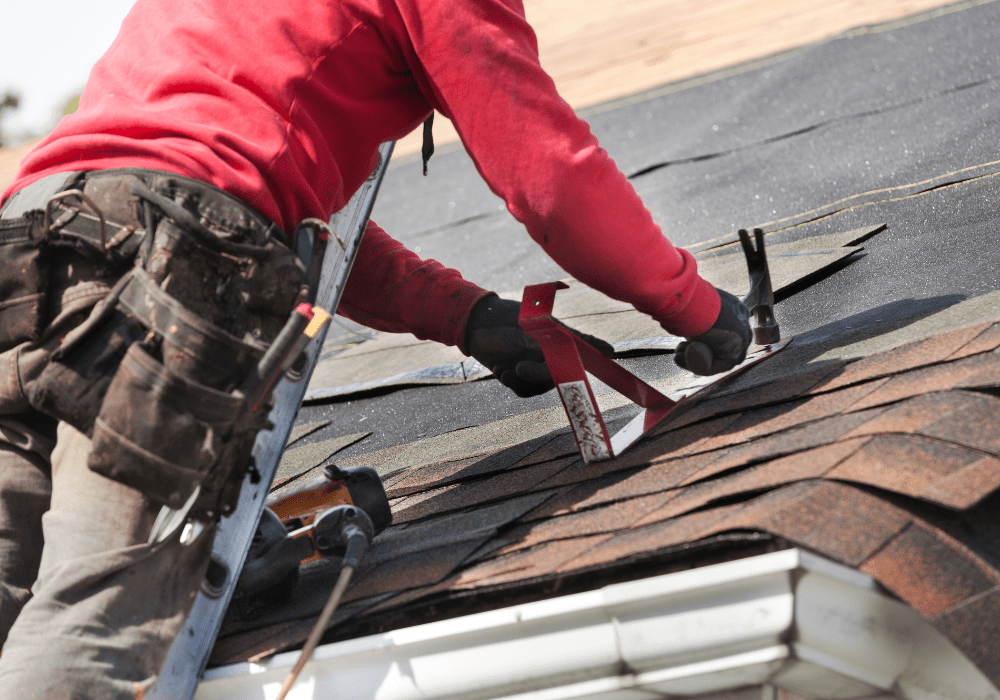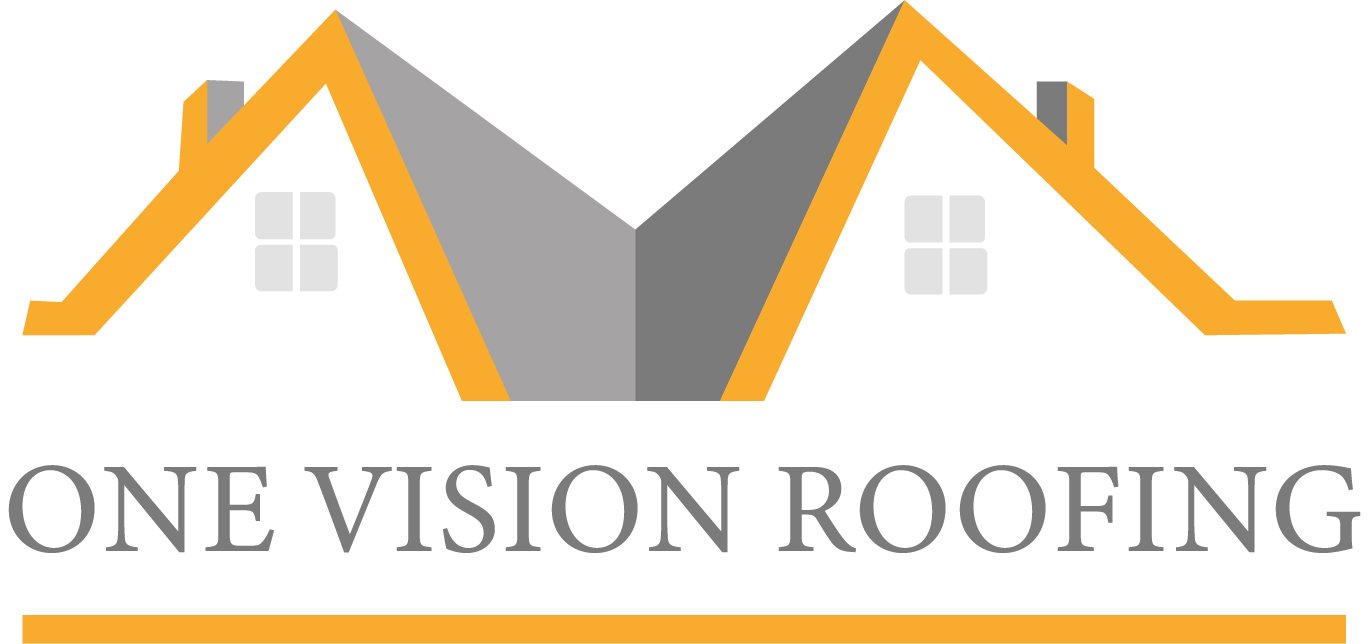
When it comes to protecting your home, your roof is your first line of defense. That’s why regular roof inspections are so critical—whether you’re buying a new home, filing an insurance claim, or simply maintaining your property. A comprehensive roof inspection report can reveal important clues about the health and safety of your home’s structure. But what do all those notes, codes, and “recommendations” actually mean?
In this blog post, we’ll break down the most common roof inspection red flags, explain the roofing terminology used in inspection reports, and help you understand what roof inspectors look for during their evaluation. Whether you’re a homeowner, buyer, or property investor, this guide will give you the insights you need to make smart, informed decisions.
What Is a Roof Inspection Report and Why Does It Matter?
A roof inspection report is a formal document created by a certified roofing contractor or inspector after a thorough evaluation of your roofing system. It includes observations, photos, detailed notes, and professional roof repair recommendations. The goal of the report is to assess the condition of your roof and identify any signs of roof damage or structural concerns.
There are many reasons why homeowners request an inspection report. If you’re purchasing a home, the roof’s condition could influence your offer. If you’ve experienced storm damage, you’ll need a report to support your insurance claim. And if you’re just performing routine maintenance, the inspection helps you catch small problems before they become expensive repairs.
What Roof Inspectors Look for During an Inspection
Professional inspectors follow a standardized roof inspection checklist to ensure no area is overlooked. While every roof is unique, inspectors typically assess the following:
- Shingles or Roofing Material – Are there missing, curling, cracked, or blistered shingles? Is the material degraded or lifting?
- Flashing & Seals – Are the flashings around chimneys, vents, skylights, and walls properly sealed and intact?
- Gutters & Drainage – Are the gutters clear and functioning? Is water pooling or not draining away correctly?
- Roof Decking & Underlayment – Is there any visible sagging or moisture damage under the surface?
- Ventilation Systems – Are attic and roof vents operating effectively to allow airflow and prevent moisture buildup?
- Interior Signs – Are there any water stains on the ceiling or walls that suggest a leak?
Inspectors also look for roof damage indicators that could suggest deeper issues, such as excessive granule loss on shingles or rusted flashing.
Common Roof Problems Found in Inspection Reports
A quality roof inspection often uncovers problems that aren’t visible from the ground. Here are some of the most common roof problems inspectors report:
1. Damaged or Missing Shingles
This is one of the top roofing issues found in inspections. Shingles can be damaged by high winds, hail, debris, or aging. Missing shingles expose the underlayment to the elements, increasing the risk of water intrusion.
2. Poor Flashing Installation
Improperly installed or deteriorating flashing is a red flag. It’s the thin metal material placed around roof edges and penetrations to prevent water from seeping in. Damaged flashing can lead to chronic leaks.
3. Mold, Algae, or Moss Growth
Moss and algae not only affect the roof’s appearance but also trap moisture, which can degrade the roofing material. Mold found in the attic during inspection may suggest poor ventilation and hidden leaks.
4. Sagging or Uneven Rooflines
If the inspector notes dips or sags in your roof structure, this could be a major concern. It often points to damage in the decking or underlying supports and can lead to collapse if left unaddressed.
5. Inadequate Ventilation
Proper airflow through your attic and roof system is essential. Without it, heat and moisture build up, causing warping, mold, and even reduced energy efficiency. Inspectors note this under roofing report terminology as a cause for long-term roof failure.
Roof Inspection Red Flags: When to Take Immediate Action
Not all findings in a residential roof inspection require urgent repair—but some red flags shouldn’t be ignored:
- Active leaks or signs of interior water damage like ceiling stains or mold in the attic
- Exposed underlayment or decking, suggesting that the protective layers have been compromised
- Loose or corroded flashing, which could fail during the next storm
- Structural sagging, which may indicate rotted decking or overloaded roof systems
- Evidence of animal intrusion, such as chewed vents or nesting in the attic
These roof damage indicators are typically labeled in the report with terms such as “urgent,” “critical,” or “requires immediate attention.” If you see any of these, a roof repair recommendation will likely accompany the finding, and scheduling professional service should be your next move.
Roof Inspection Before Buying a House: What You Need to Know
If you’re in the market for a new home, don’t overlook the value of a roof inspection before buying a house. A standard home inspection may not cover all roofing components in depth, which means major problems could go unnoticed until after closing.
A certified roofing inspection guide provides detailed analysis of the roof’s lifespan, condition, potential repairs, and estimated costs. It’s also useful as a negotiation tool—if the inspection reveals defects, you may be able to request repairs or a price adjustment before purchasing.
Remember, a roof replacement can cost thousands of dollars. Spending a few hundred on a professional inspection can save you far more in the long run.
Understanding Roofing Report Terminology: Decoding the Lingo
Roof inspection reports are filled with professional terms that can be confusing. Here’s a quick guide to some commonly used roofing report terminology:
- Delamination – Separation of roofing layers, often caused by moisture intrusion.
- Granule loss – Wearing down of the outer layer on asphalt shingles, a sign of aging or storm damage.
- Alligatoring – Cracking pattern on flat roofing material that resembles alligator skin, usually due to sun exposure.
- Ponding – Water that pools on flat roofs, indicating drainage problems.
- Soft spots – Areas where the decking feels spongy or weak, often from rot.
If you’re unsure about a term in your report, don’t hesitate to ask your inspector for clarification. A good contractor will walk you through each finding and explain the implications for your home.
Roof Inspections for Insurance: Why Timing Matters
After a storm, your roof might look fine from the outside—but that doesn’t mean it escaped unscathed. A detailed roof inspection for insurance purposes documents any damage before it gets worse. This is especially important because insurers may deny claims if you wait too long to report the damage.
Your inspector will prepare a formal report with photos and professional observations that you can submit with your claim. They may even help communicate directly with your insurance adjuster, making the process smoother and more likely to result in approval.
Conclusion: Turn Inspection Insights Into Action
A roof inspection is more than a formality—it’s a proactive way to protect your biggest investment. Whether you’re preparing to buy a home, seeking insurance coverage, or maintaining your property, understanding your roof inspection report puts the power in your hands.
By knowing the red flags, common problems, and what inspectors look for, you can take timely action to prevent expensive damage. Don’t let confusing terminology or overlooked issues catch you off guard. When in doubt, consult a trusted professional who can guide you from report to repair with confidence.
At One Vision Roofing, we specialize in thorough roof inspections, clear reports, and honest repair recommendations. Our experienced team is here to protect your home and ensure your roof stands the test of time. Contact us today to schedule your residential or commercial roof inspection—your peace of mind is just one call away.
